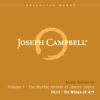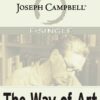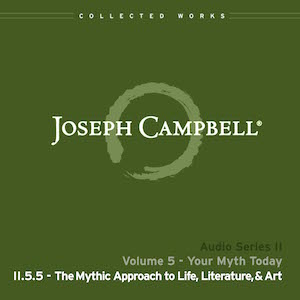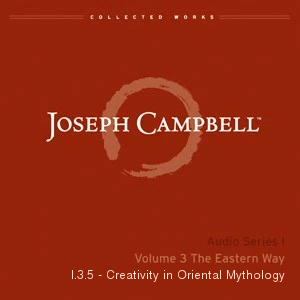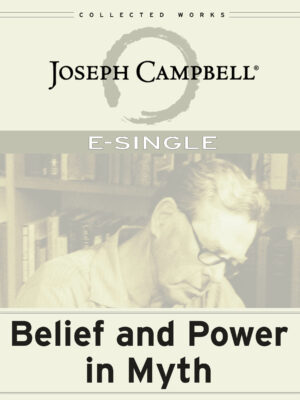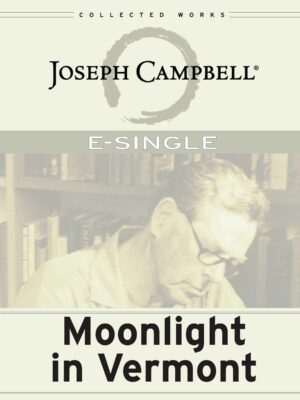Description
My wife, Jean Erdman, who is a dancer and choreographer, discussing one day the relevance of an appreciation of the psychological connotations of myth to the practice of an art, remarked: “The way of the mystic and the way of the artist are related, except that the mystic doesn’t have a craft.” The craft holds the artist to the world, whereas the mystic, facing inward, may be carried to such an extreme posture of indifference to the claims of phenomenal life as that of the old yogi with his parasol of grass in the Hindu exemplary tale, “The Humbling of Indra” — Joseph Campbell
In this extraordinary conclusion to The Inner Reaches of Outer Space, Campbell explores art as a tool for “mythopoesis,” or the creation of new myths for a new world. The artist, he argues, is the new hero, and the creation of art—of what James Joyce called proper art—is the perilous adventure on which artists must journey in order to bring back the boon of myth and meaning.
Developed from a memorable series of lectures delivered in San Francisco, which included a legendary symposium at the Palace of Fine Arts with astronaut Rusty Schweickart, The Inner Reaches of Outer Space: Myth As Metaphor and As Religion—the last book Campbell completed in his lifetime—explores the space age. Campbell posits that the newly discovered laws of outer space are actually at work within human beings as well and that a new mythology is implicit in this realization.
